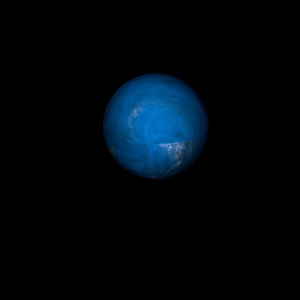|
|
Space Astro
|
Info for exoplanet "Shubyo"
| Scientific (actual) data |
|---|
| Name | Kepler-1278 b |
| Planet status | Confirmed |
| Radius | 0.09 |
| Orbital period | 3.23941 |
| Discovered | 2016 |
| Updated | 2021-02-05 |
| Tconj | 2454970 |
| Publication | Announced on a website |
| Detection type | Primary Transit |
| Alternate names | 2MASS J18514966+4249322 b, K02561.01, KIC 7259298 b, KOI-2561 b, KOI-2561.01, WISE J185149.66+424932.1 b |
| Star name | Kepler-1278 |
| Right ascension | 282.96° |
| Declination | 42.83° |
| Mag j | 12.625 |
| Mag h | 12.316 |
| Mag k | 12.27 |
| Star distance | 743 |
| Star metallicity | 0.02 |
| Star mass | 1.11 |
| Star radius | 1.16 |
| Star age | 3.31 |
| Star temperature | 6074 |
| Star alternate names | 2MASS J18514966+4249322, KIC 7259298, KOI-2561, WISE J185149.66+424932.1 |
| Wikipedia article | Kepler-1278 b |
Back
| |
| Fictional info (?) |
|---|
| Suggested name | Shubyo |
| Planet type | Cold planet |
| Wind speeds can reach 144 metres per second. |
| Atmosphere | Ozone | 34% |
| Hydrogen chloride | 26% |
| Methane | 24% |
| Formaldehyde | 8.6% |
| Water vapor | 7.3% |
| Atmospheric pressure | 0.001 bar |
 |
| Moon | Chumu Zupeto Mu | Medium-sized round crater-filled comet |
| Bupyu Jo | Large potato shaped gaseous moon |
| Google search for Shubyo |
|
Website by Joachim Michaelis
|
|
|
|